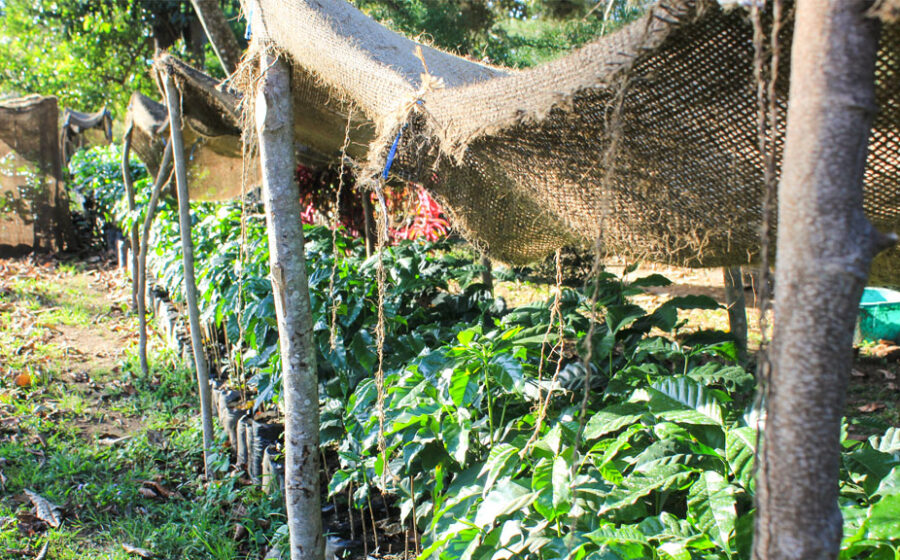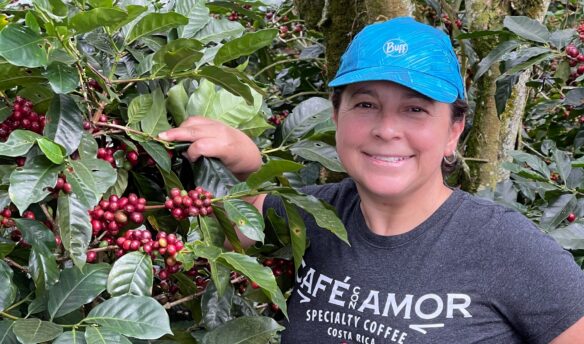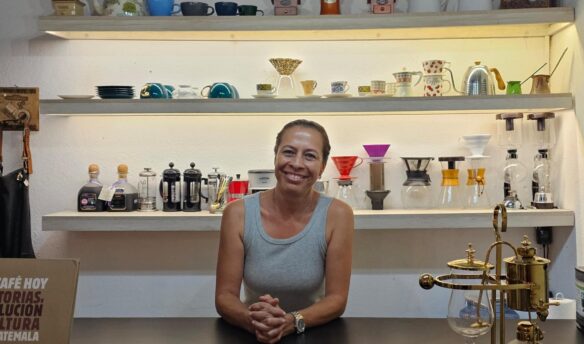[L]ooking at beautiful pictures of coffee farms, it can be easy to forget all the challenges faced by the friendly, hardworking faces smiling warmly at the camera. The challenges of coffee producers are many, and poverty ranks high on the list.
Location and economic climate of coffee farms heavily influence a producer’s income. Coffee is grown in the most remote, impoverished areas in the world, and it’s an extremely volatile crop.
Barriers in language and technology often lead producers to rely on intermediaries and importers as their brand evangelists to people in the United States and beyond. These relationships can be extremely valuable to farmers, but they represent an additional—sometimes requisite—step to get their product into the first world market (which represents another set of challenges altogether).
Compounding these adversities is the C market, which is rarely a friend of farmers. Looking at the average trend of the C market, coffee prices have barely risen in the last few decades. This is not a dissimilar to the market than it was in the seventies, and fails to account for price hikes due to inflation, or make any nod to the fact that coffee has taken leaps in quality during those decades (this disparity is addressed in the inaugural Origin column in Fresh Cup’s June 2016 issue). Yet, these are the numbers most coffee is priced against. If the market lingers at unsustainable numbers, what’s stopping farmers from using their fertile soil and well-worked land to invest in a more stable crop?

Poverty in coffee is spoken about frequently in the industry, but it’s rare to see measurable actions. We don’t need grandiose plans to solve it; what we need is a worthy starting place. We need steps in the right direction. One effective step companies are taking is through small, carefully managed micro-lots.
Micro-lot programs are important for many reasons, one being their role in humanizing the coffee production process. The narrative we’ve created has us—importers, roasters, and café owners—headlined as the protagonist, which isn’t wrong so much as it’s naïve.
Good coffee does not happen on accident. It’s the product of years and years—sometimes generations and generations—of back-breaking, thankless work provided by the real heroes of the coffee industry—the producers.
Shifting the spotlight is about more than just coffee producer notoriety, it’s about monetary significance. More and more importers and roasters are building relationships with farmers and intermediaries to create programs designed to continue year after year. These relationships with micro-lot producers also influence coffee pricing—both at a direct-trade and commodity level.
Most of the time, micro-lot coffees are not bought on differentials at all, completely avoiding the volatility of market fluctuations. They are instead bought with an outright price representative of quality. While these prices are tied to supply and demand, they can push the boundaries of traditional pricing, effectively raising the price threshold with each sale, making historical trends more representative of the rise in quality and of the emerging market of buyers willing to spend six dollars on a cup of coffee.
These problems and partial solutions are linking us to a sustainable, better coffee future for everyone. The farmers I’ve met and talked to aren’t looking for a handout or a charity-based rescue. They’re looking to be compensated appropriately when they do an exemplary job—allowing them to feed their families and begin building a business.
These are just the first few steps. Micro-lots aren’t going to completely solve the problem of poverty because they only offer a solution for people with access to the land necessary to grow and maintain such a high-quality crop. However, it’s a worthy starting point.
—David Planer is the regional director of sales for Axiom Specialty Coffee Company.
















